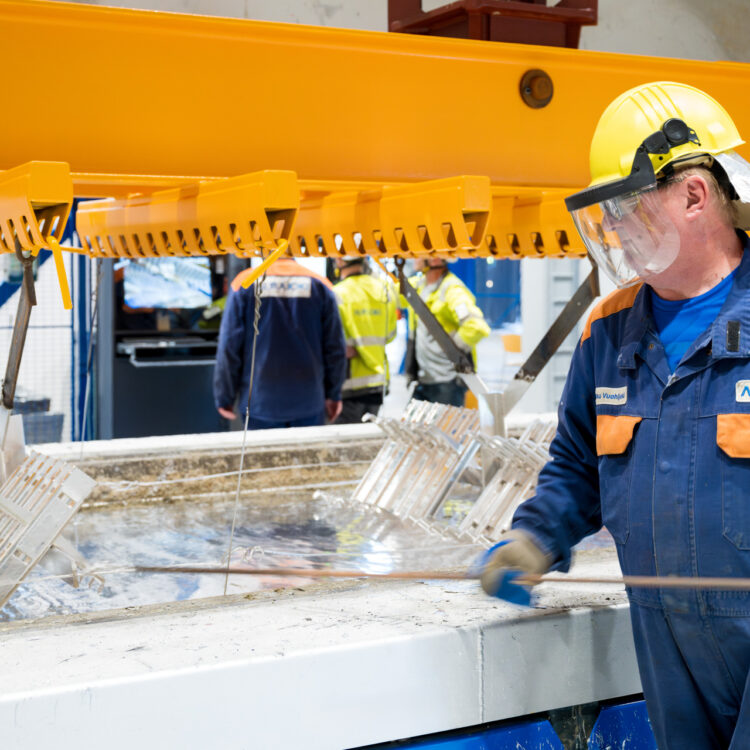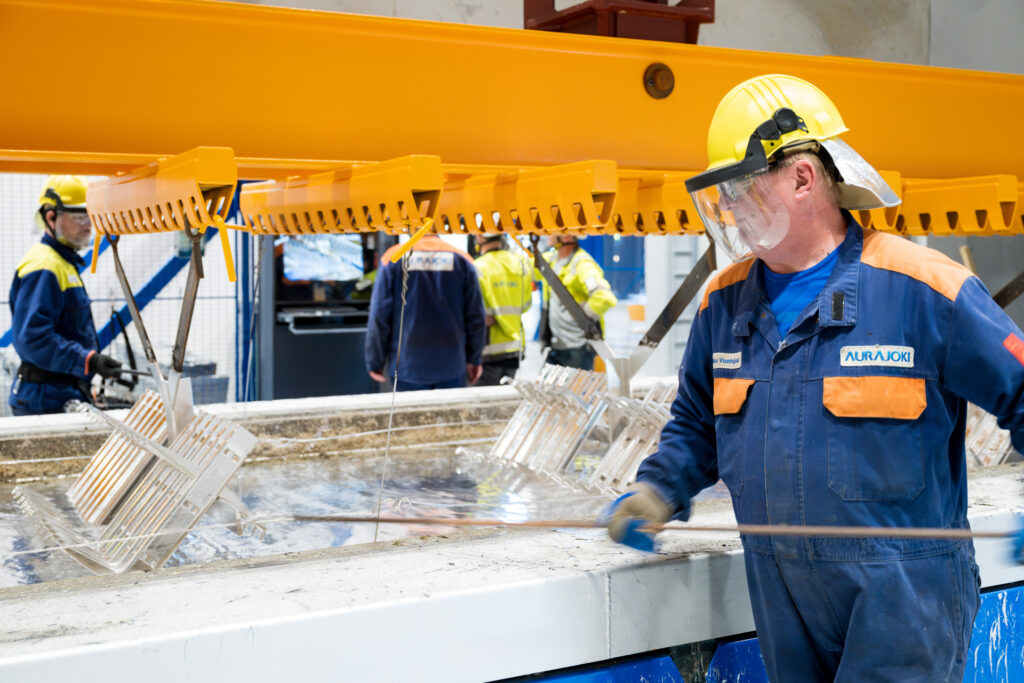
Motiva: Waste Heat from Cutting-Edge Hot-Dip Galvanizing Plant Recycled into Lieto District Heating Network
Aurajoki Oy, a provider of metal surface treatment services, launched its major investment in Finland—a highly automated hot-dip galvanizing plant—in July, with the official opening held in September 2024 in Lieto. The plant’s waste heat is being recycled for use in the district heating network of Lieto.
The highly automated factory consumes 40 percent less energy than previous facilities and is carbon-neutral in its own operations.
“The plant uses significantly less energy, raw materials, and water than current hot-dip galvanizing plants. The energy generated during the production process is recovered and converted into thermal energy for the Lieto district heating network. The energy efficiency is based on the latest technology in the field, heat recovery, water heating, and recycling within the processes,” says HSEQ Manager Mikko Kuikkaniemi.
Recycling energy into district heating is a major investment, as the temperature of the zinc bath is raised to 450 degrees Celsius. The company supplies approximately 2,300 megawatt-hours of waste heat annually to the district heating network. This equates to the yearly district heating needs of about 150 detached houses. This is the largest investment in Aurajoki’s history, exceeding 20 million euros.
With the new hot-dip galvanizing plant, Aurajoki is strengthening its focus on the Nordic and Baltic markets, and the investment is expected to broadly serve industry and construction sector players beyond Finland’s borders as well. Hot-dip galvanizing provides long-lasting and maintenance-free corrosion protection for steel structures, reducing their lifecycle costs compared to painting, for example. Aurajoki’s galvanizing plants are located in Lieto, Pirkkala, and Aura.
Energy Efficiency Reflected Directly in Electricity Bills
Aurajoki has committed to being the first carbon-neutral company in its sector in Finland. This goal was achieved at the beginning of 2024. Energy-efficient operations contributed significantly to reaching this target.
“It’s worthwhile to participate in energy efficiency agreements, as they provide good insights into what others are doing. In my role, I monitor and report on the consumption of energy, water, waste, and chemicals, and I ensure the annual reporting for energy efficiency agreements and the environmental protection information system (YLVA) maintained by the ELY Centre,” says Kuikkaniemi.
In addition to the major investment, the company has implemented a series of smaller actions. LED lighting has been added at all factories, and old lamps have been replaced with more energy-efficient alternatives. Zinc baths are covered at the end of shifts, and additional insulation has been installed on the zinc bath in Pirkkala, reducing waste heat. Furthermore, solar panels have been installed on the roofs of the Turku and Lieto plants, with plans to do the same in Pirkkala during 2025.
Automatic curtain doors have also been installed in Turku, which open and close significantly faster than the old ones. This reduces the amount of waste heat lost, particularly in the warehouse for incoming and outgoing materials during the winter months.
“Aurajoki’s management is committed to energy efficiency efforts. This ensures the company’s carbon-neutral operations, as we believe the easiest way to achieve this is by making operations as energy-efficient as possible. In addition, everyone contributes to energy efficiency by carrying out the agreed measures. Each business unit decides on its own specific actions,” Kuikkaniemi adds.
Text: Sirpa Mustonen, Motiva Oy (Link to original publication, in Finnish)
Photo: Aurajoki Oy

